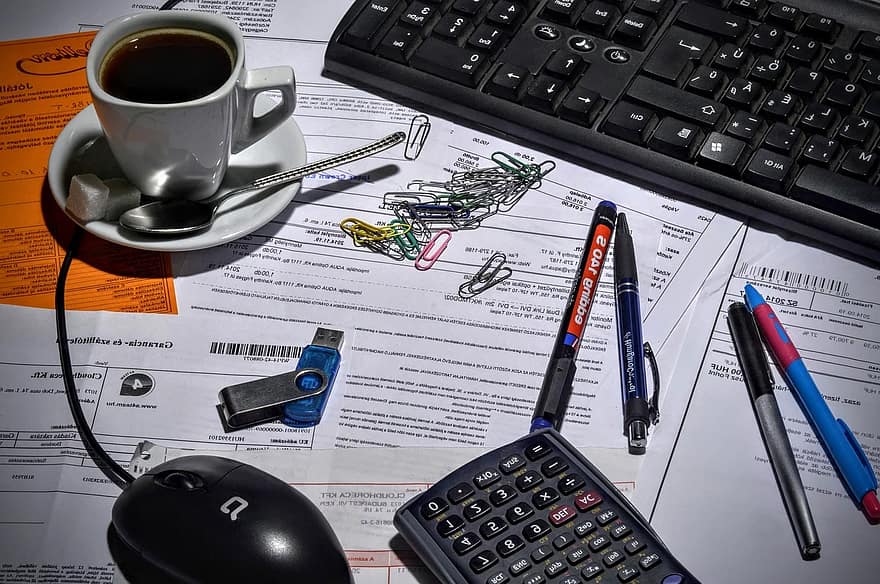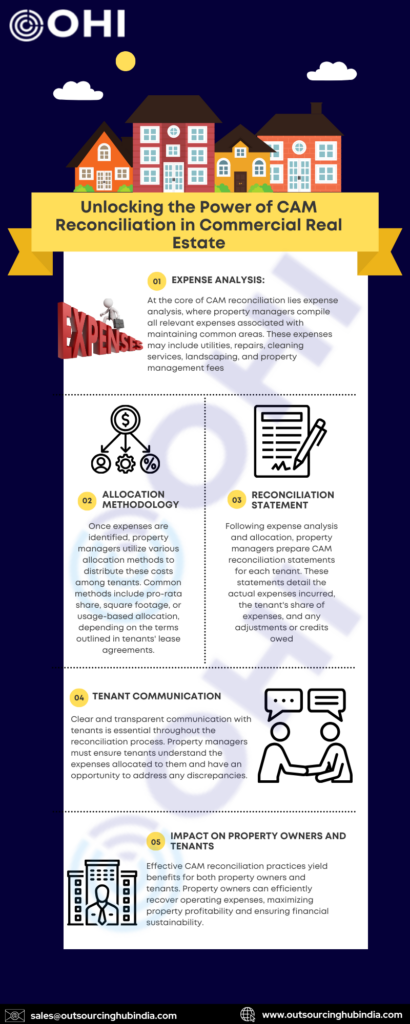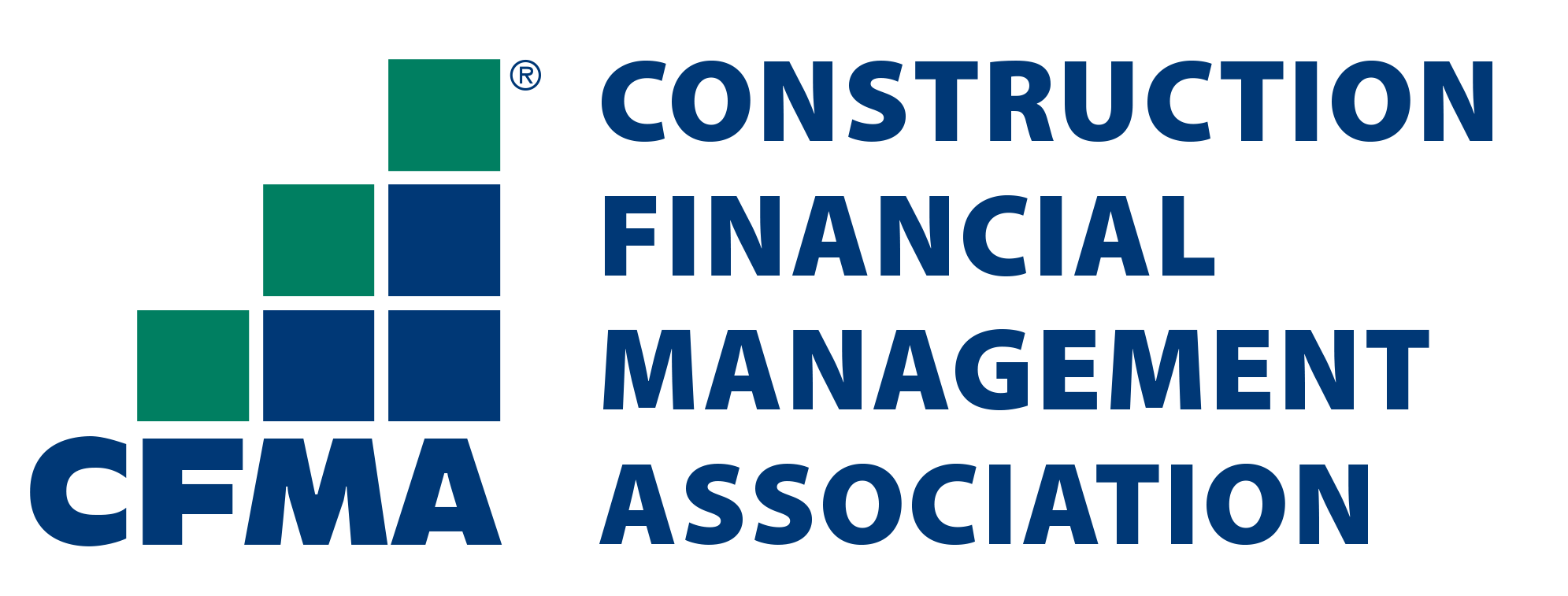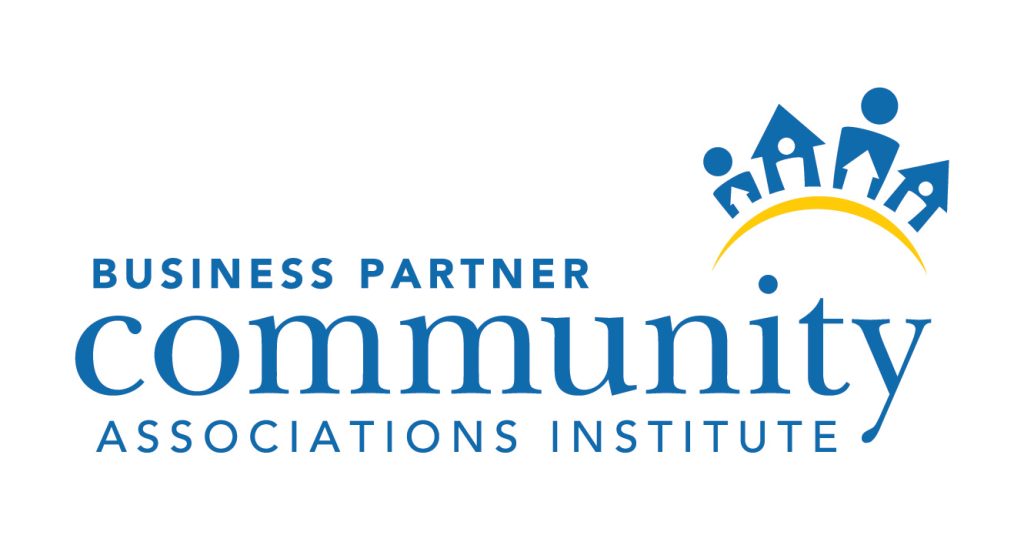
Unlocking the Power of CAM Reconciliation in Commercial Real Estate
- March 19, 2024
- OHI

CAM (Common Area Maintenance) reconciliation serves as a cornerstone in the realm of commercial real estate management, facilitating equitable distribution of maintenance expenses among tenants. This fundamental process ensures transparency and fairness, playing a pivotal role in fostering harmonious relationships between property owners, tenants, and property managers. In this blog, we embark on a journey to unravel the intricacies of CAM reconciliation, shedding light on its significance, components, and impact on the commercial real estate landscape. By delving into the depths of CAM reconciliation, we aim to equip property stakeholders with the knowledge and insights needed to navigate this critical aspect of property management effectively.
CAM reconciliation involves reconciling the actual expenses incurred for maintaining common areas of a commercial property with the estimated expenses outlined in the lease agreements. Common areas typically include lobbies, hallways, parking lots, landscaping, and shared facilities. The reconciliation process ensures that tenants contribute their fair share of the maintenance costs based on their leased space or usage.
CAM reconciliation is a crucial aspect of commercial real estate management, ensuring fair distribution of maintenance expenses among tenants and maximizing property profitability. Let’s delve into the key components of CAM reconciliation, its impact on property owners and tenants, the benefits of effective reconciliation, and strategies for optimization.

To optimize CAM reconciliation processes, property managers can implement several strategies:
In conclusion, CAM reconciliation serves as a cornerstone in commercial real estate management, facilitating fair allocation of maintenance expenses among tenants. Through our exploration of CAM reconciliation in this blog, we’ve delved into its significance, key components, and impact on property stakeholders. By embracing best practices and leveraging technology, property managers can optimize CAM reconciliation processes, promoting transparency, maximizing cost recovery, and fostering positive relationships with tenants.
As the commercial real estate landscape continues to evolve, effective CAM reconciliation remains essential for ensuring operational efficiency and financial sustainability. By implementing robust reconciliation practices and maintaining open communication with stakeholders, property managers can navigate the complexities of CAM reconciliation with confidence, ultimately driving success and profitability in the commercial real estate sector.
Contact us for a customized NO OBLIGATION proposal for outsourcing your accounting activities.









